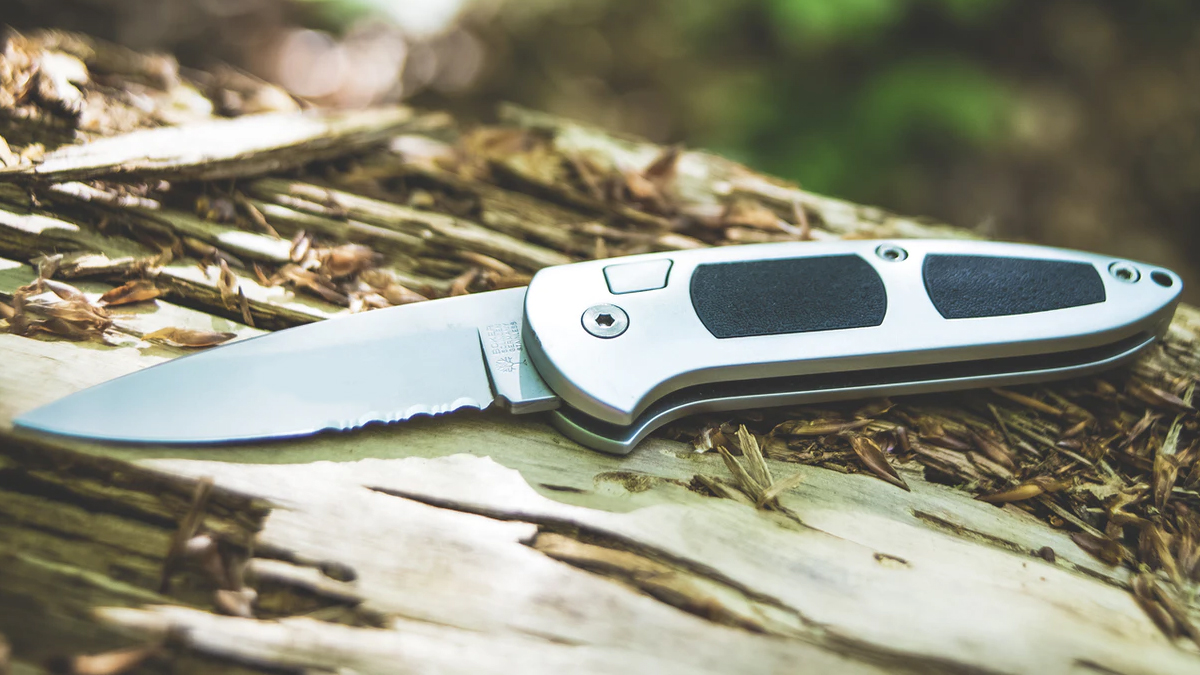on
“A belt knife is the most important tool any woodsman can own.”
– Dave Canterbury, Founder Pathfinder School
A belt knife is the most important tool you will own and you must keep this tool directly attached to your person to keep it from becoming lost. With it, you can recreate all other items you need, should an emergency arise. Therefore the ultimate question is which knife is the best?
Of course, the best knife is the one you have at hand when a task needs doing, but having a knife fail in an emergency can cause you a variety of difficulties up to and including death. With that in mind, let’s examine the qualities of a knife that will be most useful to you in the wild.
A blade that is too small will make it difficult to process firewood, if needed, especially if you are not carrying an axe or if one is not available. A blade that is too big will make finer carving tasks more difficult. The happy medium is about 4 1⁄2 – 6″ in blade length.
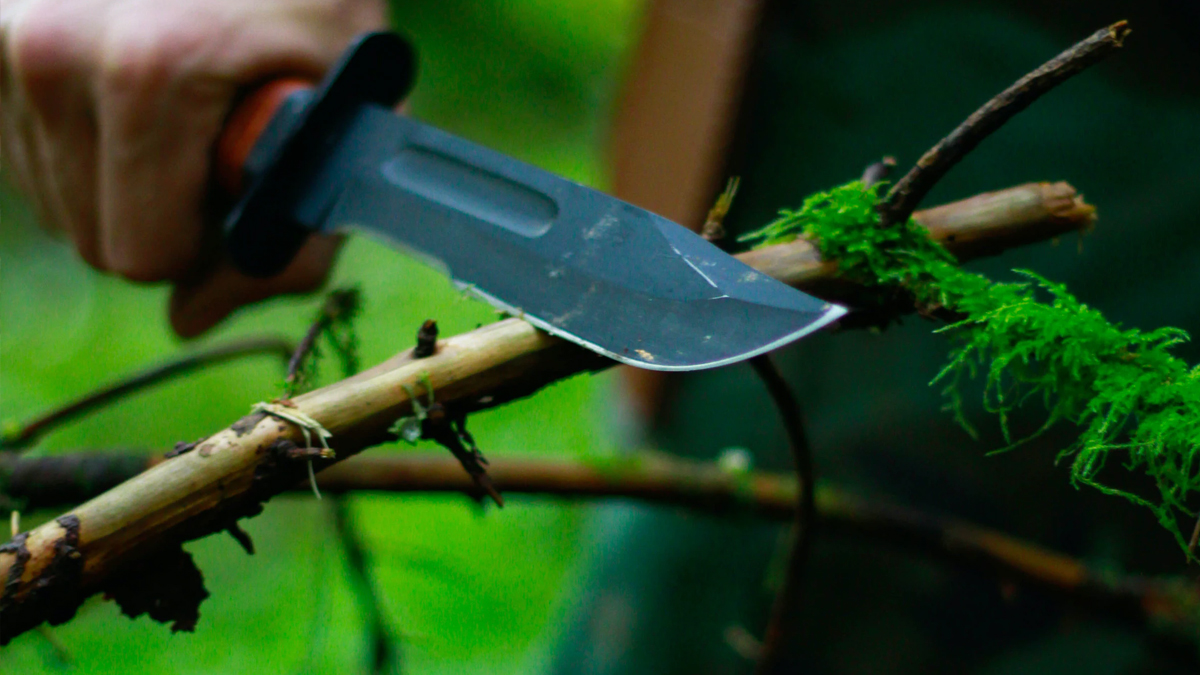
Historically, most knives found along the American frontier were within this length and had the profile of a large kitchen or butcher’s knife. These days blades made from high-carbon steels like 1095 and 01 tool steel are preferable, because of their ability to throw a shower of sparks (much like fire steel). This makes them excellent fire-starting tools.
You can use high-carbon steel blades with a hard rock, like quartz or flint, to ignite charred cloth or material, especially if your preferred fire-making method fails or has been used up. The blade spine must have a nice sharp 90 ° edge; make sure it is not rolled or beveled. Again, this will allow you to use it as a striking device for the metal match or ferrocerium rod.
Many knives today are coated with something to keep blades from rusting. You should avoid coated knives; it is very difficult for knives with this coating to throw off a shower of sparks or ignite material in combination with a hard rock. It is better to just maintain your blade to prevent rust.
Any knife you carry as a belt knife should be of full tang design; this means the entire knife is one piece of steel with handles attached to the outside by a pin or screw. This is very important since the knife may take much abuse when processing firewood, especially while being struck on the spine while batoning wood. Because your belt knife is such an integral part of your kit, you should reserve a considerable portion of your kit’s budget for this tool.
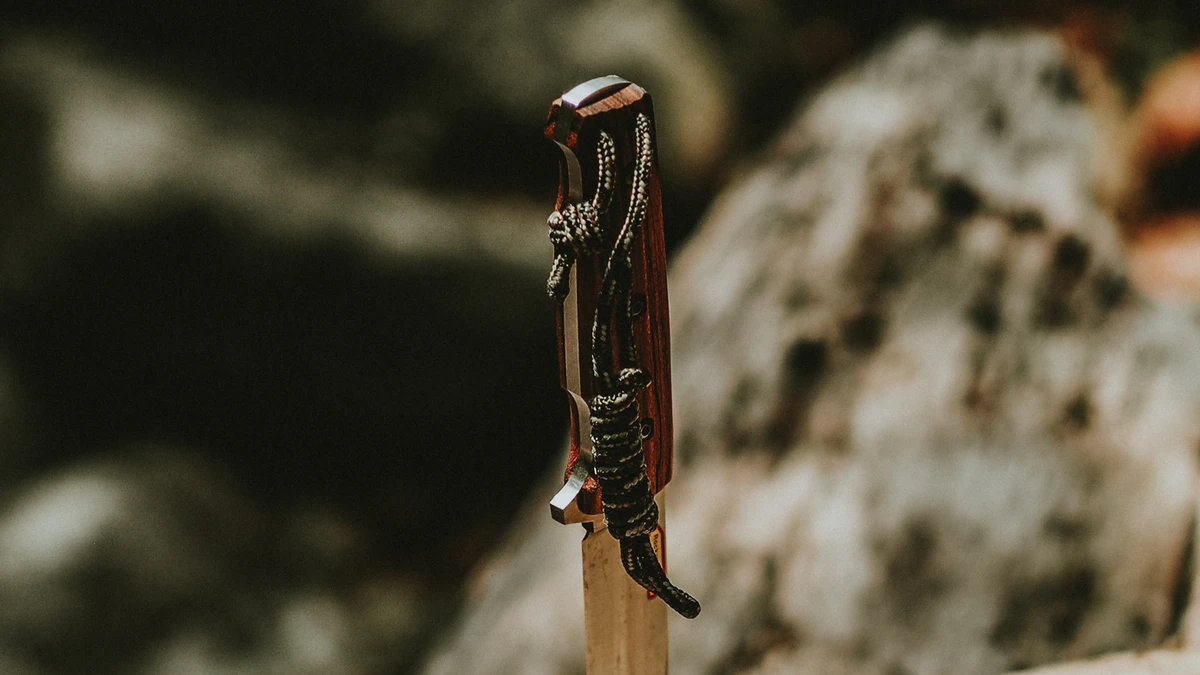
Knife Grinds
The knife grind, or the shape of the cross section of the blade, is another consideration that boils down to personal taste. The main grind types are:
- Hollow Grind
- Convex Grind
- Flat Grind
- Scandinavian Grind
Flat and Scandinavian grinds are easier to hone to sharpness quickly in the field. They split well but can be brittle, depending on the knife, if twisted side to side, especially in cold weather. They are absolutely the best for fine shaving and carving work.
Hollow-grind blades will maintain a very sharp edge and excel at skinning tasks but are the most susceptible to damage because the blade is thin.
Convex edges are the most resilient and best for splitting; however, they are more difficult to maintain in a field environment and not as good for finer tasks.
Knife Safety Tips
Once you’ve chosen your knife, it’s essential that you learn to handle it safely. The last thing you want in the wilderness is to injure yourself (or anyone else) through carelessness.
- THE TRIANGLE OF DEATH The triangle of death is the space between your upper legs, including the groin and both femoral arteries. Avoid this area with an exposed blade at all costs. Never cut into this area or hold objects to be cut or carved in a manner that could cause the blade to enter it.
- BLOOD CIRCLE If you are not alone in your excursion into the wild, any time you prepare to use your belt knife you will need to evaluate your blood circle. This is the area 360 ° around you and farther than arm’s length, where someone could come into contact with a blade being pushed away from the material being cut.
- SAFE HANDLING PRACTICES Safe handling practices with your knife in the field are of utmost importance. For this reason, place your belt knife immediately back into its sheath when you’re not using it. Never place it on the ground or on another piece of gear.
- SAFE GRIP Always grip your knife as if making a fist; this will not only give you leverage and control but it will eliminate any chance of fingers contacting the cutting surface. If you must choke up on the blade of your knife for a finer carving task or for using the tip of the knife (as when making a notch or carving a net needle), you should wear leather gloves if available.
- PRACTICE Practice with your knife will make you more comfortable, but don’t replace caution with complacency. A sharp knife is a double-edged sword: capable of the finest of carving tasks, but also capable of inflicting a deep wound and leaving permanent damage.
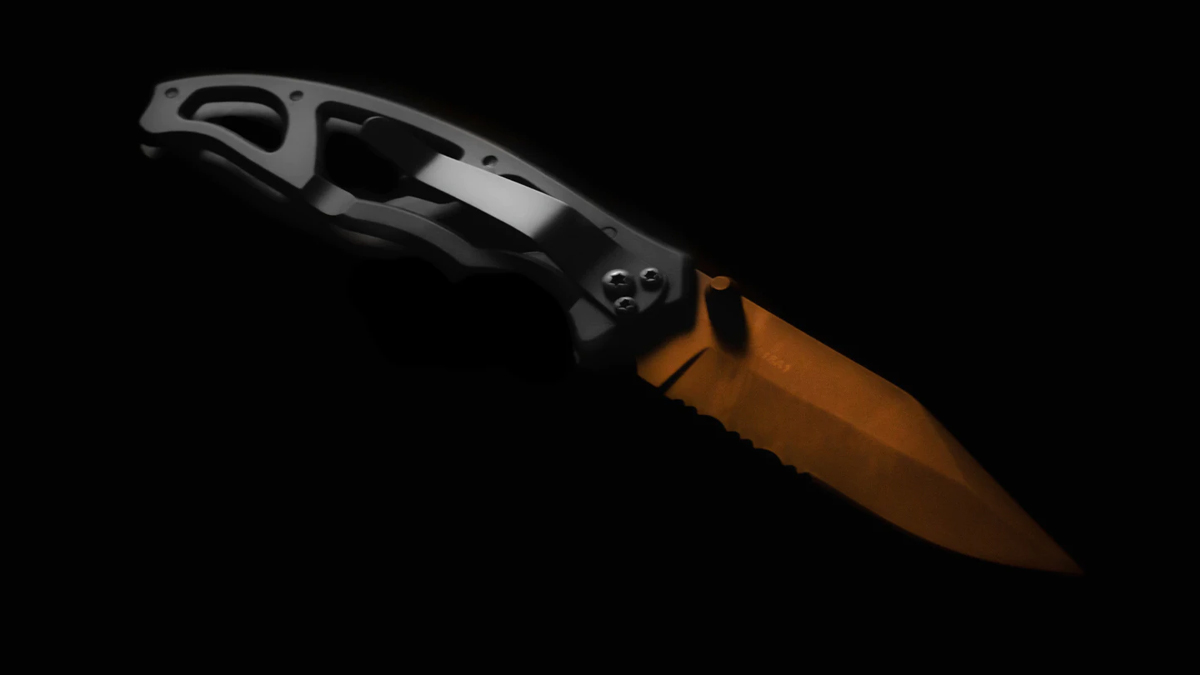
Backup Blade
Given how important knives are to your survival you will want to carry a back-up blade as well. This could be as simple as a razor blade, but more commonly is a folding knife also known as a Jackknife. This could be a Swiss Army-style knife, a Multi-tool or a single blade folding knife.
It is important to understand what this tool will accomplish for you, and to choose a knife that is as multifunctional as you need. Before purchasing any pocket-type tool or folding implement, think of it primarily as a knife.
The main problem with most multi-tool knives on the market today is that although they’re very useful as far as other tools go, their functionality as a knife is severely lacking.
Today’s multi-tool knife blades can really very with some being much smaller and more flimsy than a traditional jackknife-style blade and much less utilitarian.
Expert Horace Kephart states that if you intend to use this tool for skinning, your jackknife will require a “keen blade that is also very durable”. Many of our forefathers carried jackknives with multiple blades for such purposes.
Any jackknife or multi-tool you carry should contain the tools that are important to your individual needs. This could mean adding specialized blades or adapting existing blades to suit your needs. For example, some prefer a saw blade, to not only use as a back-up for their main saw, but also for doing things like notching. Or maybe they enjoy carving and add a specialized blade or modify and existing ones to suit their needs.
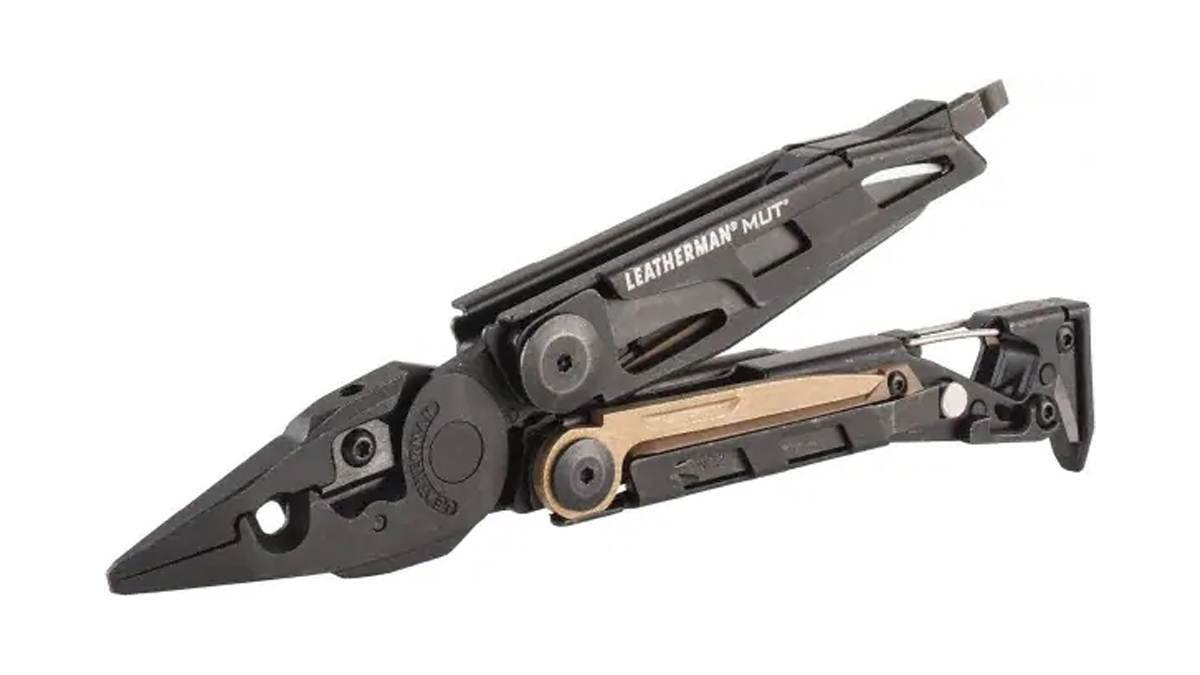
Caring For Your Knife
Subscribe for FREE to Continue Reading
Subscribe for FREE to get access to all of our premium content and get an email when new content is added.
The purpose of this blog is to present preparedness ideas for those that are brand new to the idea of being prepared for various disasters. We will also provide information for experienced ‘preppers’.
Get access to premium content and more!



